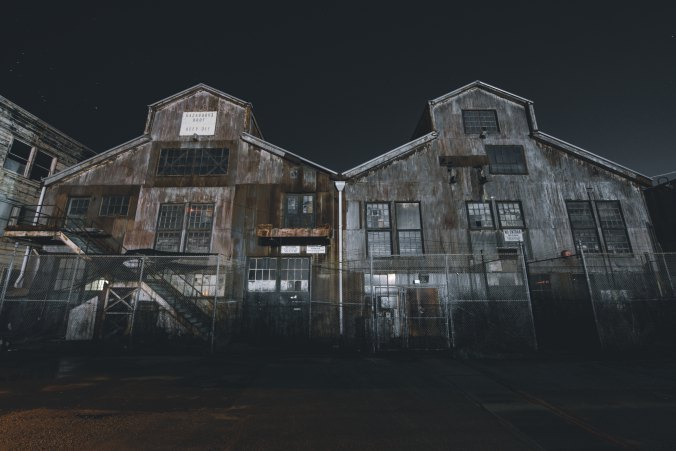
Photo by Jan Senderek via Unsplash
Philipp Meyer is a relentless storyteller. By the time he gets through with you, you will have a deep immersion in the place where the story happens and will have met characters who are anything but passive. They are doers who fight and scrape against an unjust world. They make many mistakes, some dreadful, but they are always in motion, like the country itself.
I first discovered Meyer through his second novel, The Son, which is an epic multi-generational tale of Texas. It was all the things I like in a book – strong storyline, unexpected turns, complex characters, evocative descriptions of the landscape that help you feel like you are there, and…naturally…about Texas. I fell for Pauline Jiles’ News of the World for the same reason. Actually, what I’m saying is – you write a book about Texas and I’m gonna read it.
 American Rust is Meyer’s earlier work and it is set in western Pennsylvania where the late-twentieth century has turned the steel industry into a shadow of its former self. The characters are all dealing with confusion and grief that they can’t quite name, but which has a lot to do with the decline they see all around them.
American Rust is Meyer’s earlier work and it is set in western Pennsylvania where the late-twentieth century has turned the steel industry into a shadow of its former self. The characters are all dealing with confusion and grief that they can’t quite name, but which has a lot to do with the decline they see all around them.
The story centers on two unlikely friends, Isaac and Poe, who set off to leave town and end up enmeshed in an act of violence that haunts the rest of the book. Isaac is a brilliant, socially-awkward young man who has watched his sister go off to Yale, his mother commit suicide, and his handicapped father slip into resignation. His answer to the stagnation he feels is to steal $4000 from the old man and try to run off to California.
Poe is a former high school football star who can’t find a living doing anything more than building landfills. People see good in him, but he undercuts himself with a ferocious temper and impulsive behavior.
Meyer’s great gift as a writer is to bring a place and its people to life. In this book he goes a little bit overboard with the details of the steel industry decline, giving the story a didactic feel. He shows more than tells in The Son and that makes it a better book. (Plus, did I mention that that book is about Texas?) But he is a visceral writer with a strong sense of pacing.

Philip Meyer
In addition, here he uses multiple points of view effectively, putting us into the heads of the six main characters, increasing the empathy and tragedy. His stream-of-consciouness sections are among his best, bringing honesty and even humor to his characters.
Meyer has been compared to Cormac McCarthy, John Steinbeck, and Ernest Hemingway. That’s good company. As Mark Athitakis noted in our discussion of Midwestern literature earlier this year, Meyer is doing what a good contemporary novelist should do – he’s complicating the landscape, honoring its natural and human beauty, and allowing human frailty its place.
Advertisements Share this:




